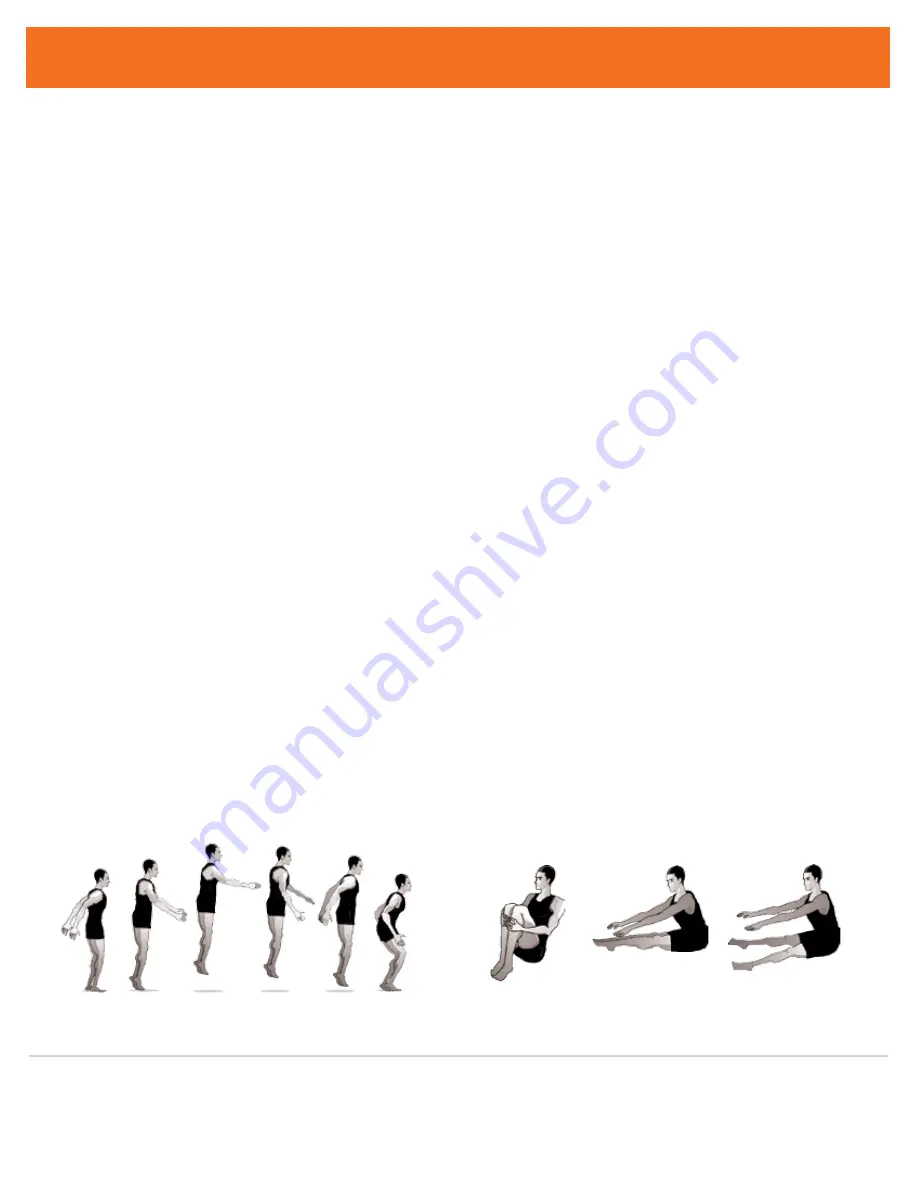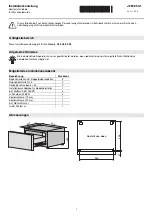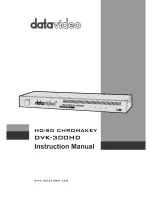
VULY2
I
USAGE
6
Arm Actions
Leg Actions
PRECAUTIONARY ADVICE
User:
Start by getting comfortable with bouncing by performing small jumps until your confidence and coordination improve. Familiarise yourself with
basic bouncing, landing and stopping movements. This will allow you to develop greater control before you attempt more advanced techniques. Always
focus your eyes on the edge of the trampoline; this will help with basic coordination.
Follow our guide to fundamental skills, and seek professional gymnastic training advice, to further develop your understanding of the dynamics of
trampoline bouncing, and the progression of bounce routines.
Supervisor:
Ensure that all safety guidelines are being followed by the user. You must be mature and knowledgeable about trampolines, read this entire
booklet, and ensure that the user has also read this entire booklet.
If no supervisor is available at times when someone may use the trampoline, it should be appropriately disassembled to avoid unsupervised use.
Children should be supervised during play.
BASIC SKILLS
The following is advice on how to perform the fundamental skills of trampolining:
Bouncing
You should always bounce in the centre of the bed, and only perform controlled bounces in line with your coordination and capability. Always begin your
basic bounces low. Never jump excessively high or recklessly.
The Stop Bounce
This technique will allow you to regain control by quickly stopping your movement. Keep your feet on the mat, and absorb the rebound of the trampoline
through your knees and waist.
This skill should be the first skill that you learn, and you should use it whenever you feel out of balance, or when you land away from the centre of the
mat.
To practice the stop bounce:
1.
Stand in centre of the mat, with your feet about hip-width apart.
2.
Attempt 3 easy bounces; keep them low and controlled.
3.
Focus your eyes towards the perimeter of the trampoline to keep your balance.
4.
Stop the bounce by bending your knees and hips when you land on the mat.
Arm Actions
Arms are also important for proper lift and control. Whenever you’re in the air, your arms should be too. Raise them as you jump—to about shoulder
height and width. Keep this position until you start falling, then lower your arms to slightly behind the hips. Re-lift them as you bounce again.
Leg Actions
There are three basic leg actions: the tuck, pike, and straddle pike. You should assume these positions at the peak of your bounce, and resume the
normal landing position as you come back down.
Concentrate on getting perfect form as you practice; ensure that your toes are pointed, and your fingers are straight. These simple variations to the basic
bounce are very important for gaining experience in coordinating your movement.
Emergency and Evacuation Procedure
If any part of the trampoline begins to fail, the user should withdraw themselves from the trampoline, and they, the supervisor and any other
bystanders should move away. Disassemble the trampoline as soon as possible to avoid any further use.




























